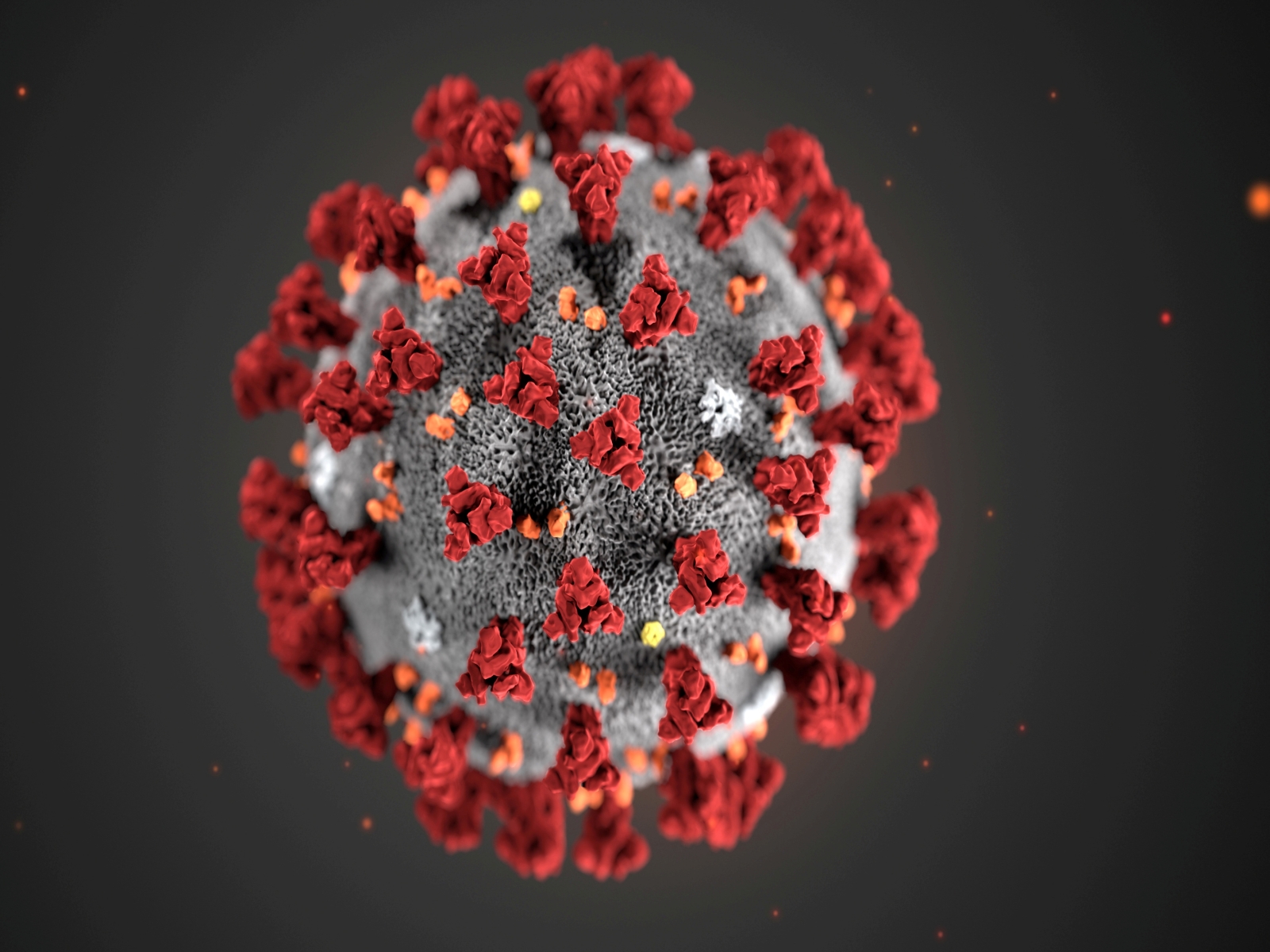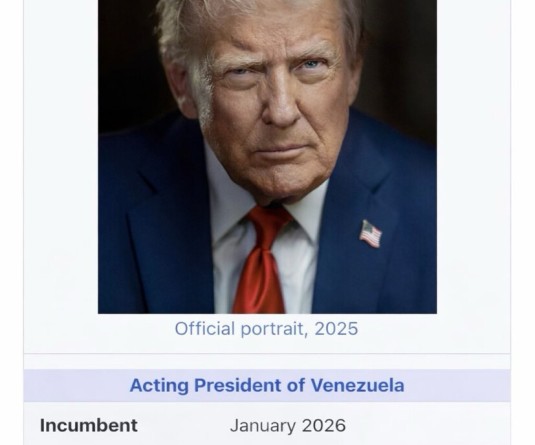Factbox - What we know and don't know about the new coronavirus

FILE PHOTO: The ultrastructural morphology exhibited by the 2019 Novel Coronavirus (2019-nCoV), which was identified as the cause of an outbreak of respiratory illness first detected in Wuhan, China, is seen in an illustration released by the Centers for Disease Control and Prevention (CDC) in Atlanta, Georgia, U.S. January 29, 2020. (Alissa Eckert, MS; Dan Higgins, MAM/CDC/Handout via REUTERS/File Photo)
Reuters
The spread of a new coronavirus in mainland China and to 27 countries and regions beyond is alarming health experts. Here is what we know - and do not know - about the virus:
HOW DANGEROUS IS THE VIRUS?
The coronavirus family of viruses includes the common cold and more serious diseases such as Severe Acute Respiratory Syndrome (SARS) and Middle East Respiratory Syndrome (MERS).
Many of those with the new virus who have died had pre-existing medical conditions or were elderly, those with weakened immune systems.
Coronavirus infections have a wide range of symptoms, including fever, cough and breathing difficulties.
Statistics from China indicate that about 2% of peopleinfected with the new virus have died, suggesting it may be deadlier than seasonal flu but less deadly than SARS, which killed about 10% of infected individuals. The MERS outbreak in 2012 had a fatality rate of about 35%.
Scientists have labelled the new virus 2019-nCoV.
HOW IS IT TRANSMITTED AND HOW CAN IT BE PREVENTED?
The virus can be transmitted via droplets when an infectedperson breathes out, coughs or sneezes, and can also spread viacontaminated surfaces such as door handles.
Experts have said it is more easily transmitted thanthe SARS virus. The incubation period is up to 14 days. People may be able to infect others before symptoms appear.
The World Health Organization (WHO) recommends that people frequently wash hands, cover mouth and nose when sneezing or coughing, and avoid close contact with those who are sick.
DO FACE MASKS HELP?
"We recommend the use of masks for people who have symptoms ... because the virus transmits through droplets," says medical expert Sylvie Briand.
But they do not guarantee protection against infection.
"For people who don't have symptoms, the mask in fact is not useful," Briand says.
The American Centers for Disease Control's advice is that face masks are not required for the general public.
IS THERE ANY TREATMENT?
There is no vaccine.
Chinese scientists were able to identify the genetic sequence of the new coronavirus and shared it publicly.Scientists in Australia have developed a lab-grown version ofthe virus, a step toward creating a vaccine.
Drugmakers around the globe expect to begin testing experimental vaccines on humans in about three months.
WHERE HAS IT SPREAD?
About 99% of the more than 20,000 cases have been reported in mainland China. Nearly 230 cases have been reported in about 27 other countries and regions, a Reuters tally based on official statements shows.
At least 490 people have died in China, most in and around the city of Wuhan, where the virus emerged late last year. One person has died in Hong Kong and one in the Philippines, both following visits to Wuhan.
Singapore confirmed four more coronavirus cases on Feb. 5 taking its tally to 28. Thailand has 25 cases.
It took the new coronavirus 48 days to infect the first1,000 people. It took SARS 130 days to infect 1,000 people. Ittook MERS 2.5 years to infect 1,000 people.
WHAT ARE AUTHORITIES DOING?
The Chinese government has virtually locked down the centralprovince of Hubei, home to 60 million people, and its capital Wuhan.
China is facing mounting isolation as airlines suspendflights to its cities.
The United States and Australia have banned entry to foreignnationals who have recently traveled to China.
Many countries have evacuated their citizens from Hubei andare putting them in quarantine or isolation upon return.
The WHO has not recommended travel or trade curbs with China.
WHERE DID THE VIRUS COME FROM?
It is believed to have originated in a food market in Wuhan that was illegally selling wildlife. Health experts think it may have originated in bats and then passed to humans, possibly via another species.
Know about the Genetics of the new virus here




.jpg)

